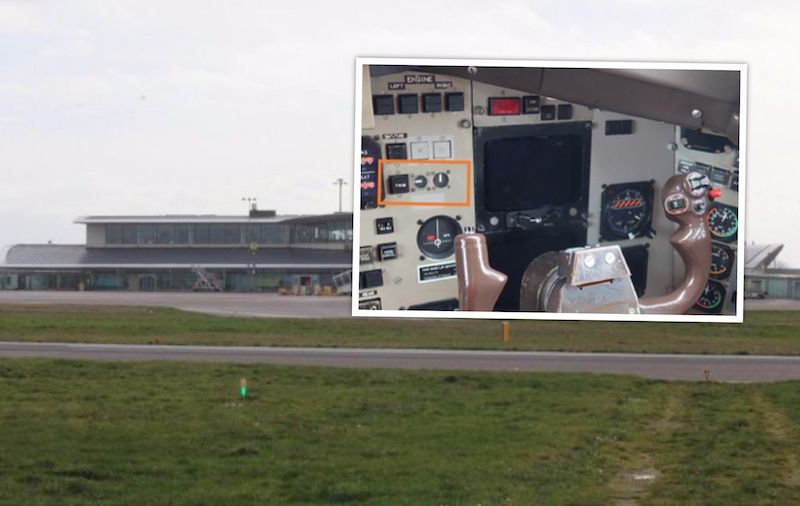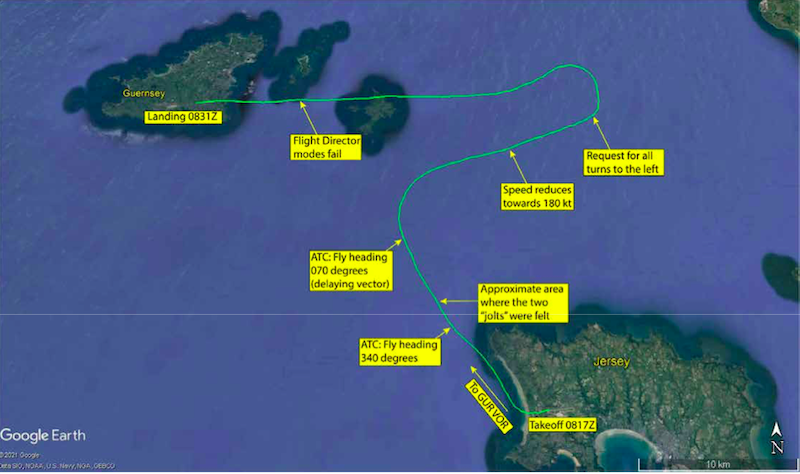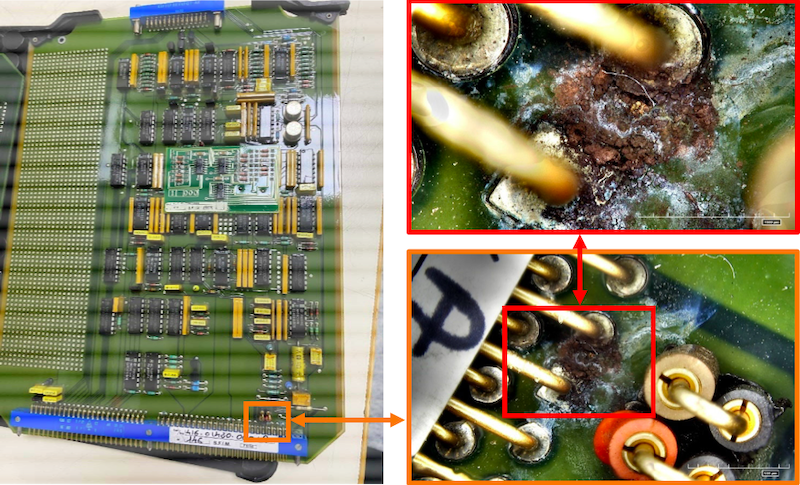

Safety action had to be taken after a cargo plane on a routine trip between Jersey and Guernsey suddenly became "abnormally hard" to control, according to a new report by air accident investigators.
The twin-crew BAE ATP, SE-MAO left Jersey Airport at 08:17 on 18 August 2020.
The aircraft was at 2,000ft and travelling at 200 KIAS when Air Traffic Control issued a right turn - the point at which the co-pilot experienced a “jolt” accompanied by a roll to the left, which was corrected by the auto-pilot.
A second “jolt” disengaged the auto-pilot, generating a continuous ‘cavalry charge’ audio warning. The co-pilot silenced the warning and took manual control of the aircraft. She intended to continue turning right but found it difficult because the aircraft was “pushing to the left. I’m just giving everything i have to just hold it steady.”

Pictured: The aircraft’s track during the incident flight.
The commander requested "some delaying vectors, just for a little bit, got a minor issue we need to sort out” to Air Traffic Control. They issued a heading of 70°, taking the aircraft through Guernsey’s Runway 27 centreline to the north. The crew slowed the aircraft to 180 KIAS, which reduced the abnormal control forces.
When the aircraft was flying straight, the commander tried controlling it from his side but experienced the same forces as his co-pilot. He subsequently described the aircraft as being “fully controllable but need[ing] a lot of right input”.
The commander operated the aileron trim in an attempt to alleviate the abnormal control forces and the aircraft was able to land safely after around 15 minutes.
There was no indication from data collected that the aircraft was experiencing any notable turbulence, suggesting that the issues were caused by the aircraft and not the flying conditions.

Pictured: Corrosion, white staining and debris on one of the PCBs.
The Air Accident Investigations Branch concluded that despite extensive testing, no faults were identified that could have caused the event. The investigation did identify two issues with autopilot computer maintenance and testing, with some parts being replaced since the incident.
"As the aircraft levelled-off at 2,000 ft and 200 KIAS, there were two uncommanded left rolls and the autopilot automatically disengaged. The crew found it harder to turn the control wheels to the right, but they maintained control of the aircraft and, although the flight director failed during the approach, they made an uneventful landing in Guernsey.
"Extensive testing on the aircraft did not identify the cause, but the operator replaced several components as a precautionary measure. Subsequent component testing found no anomalies that could be definitively associated with the incident, although it did identify issues relating to equipment maintenance and testing.
"The operator has addressed these through appropriate safety action, and they reported that there been no recurrences since the aircraft returned to service."
Comments
Comments on this story express the views of the commentator only, not Bailiwick Publishing. We are unable to guarantee the accuracy of any of those comments.